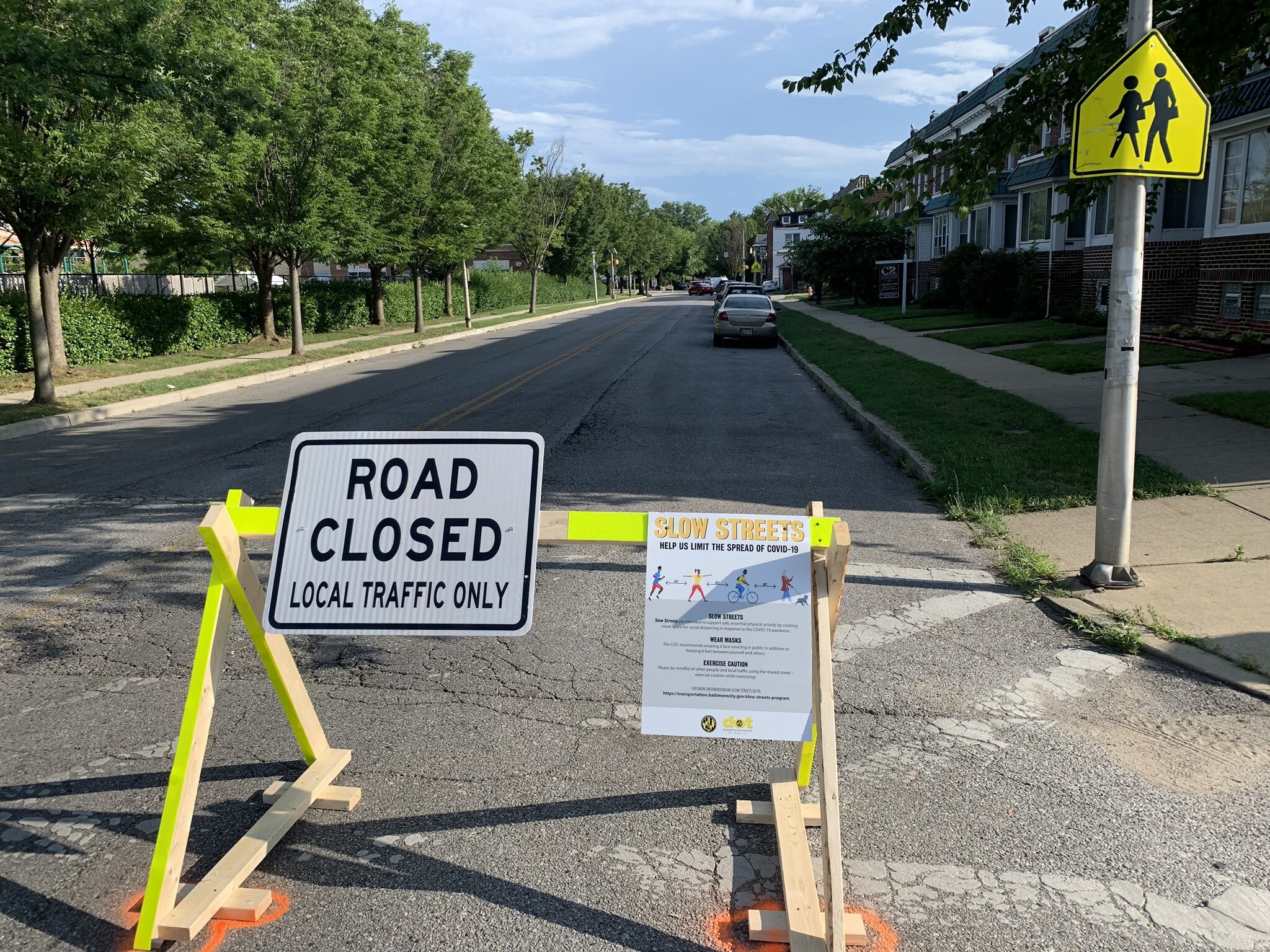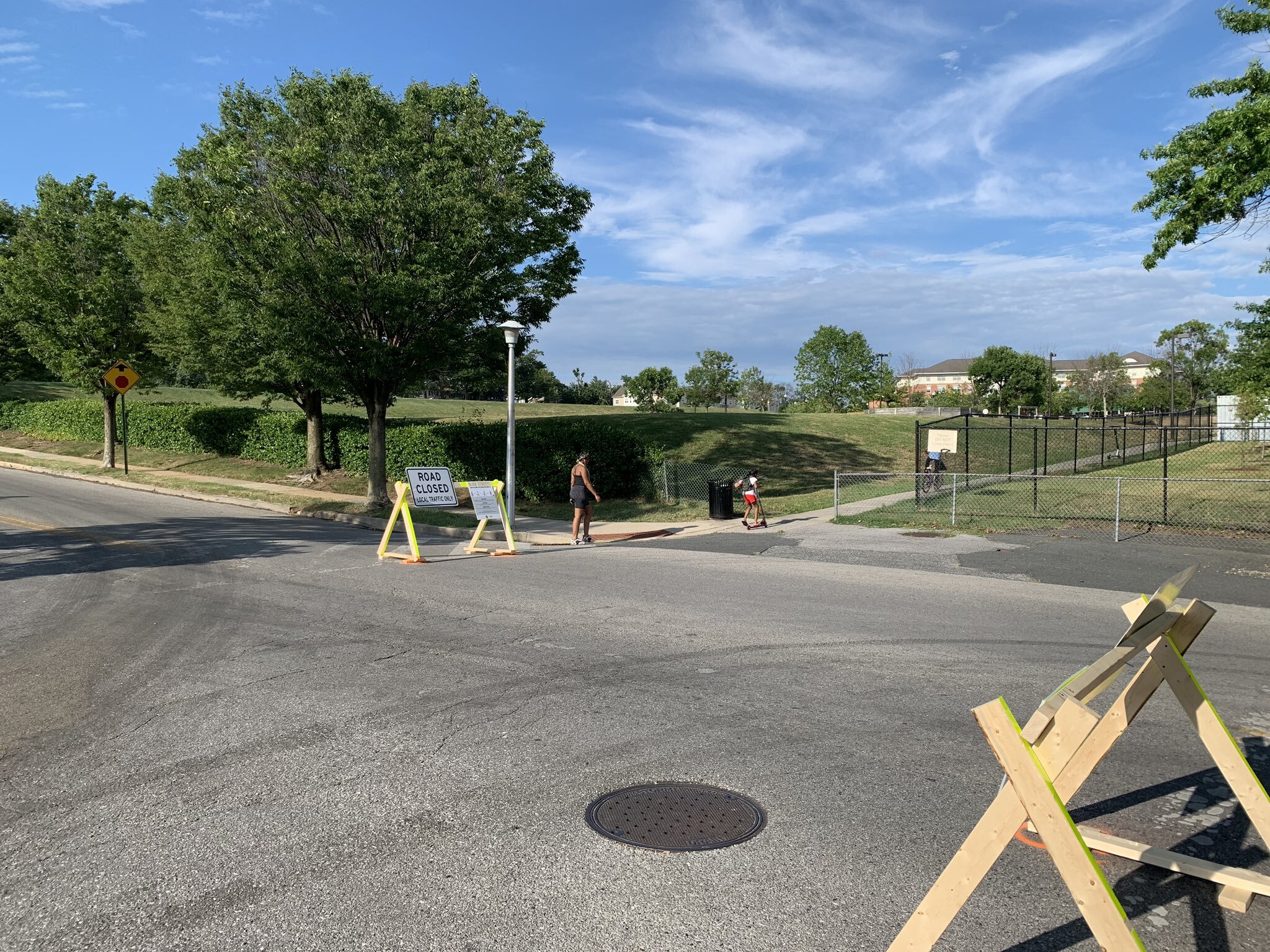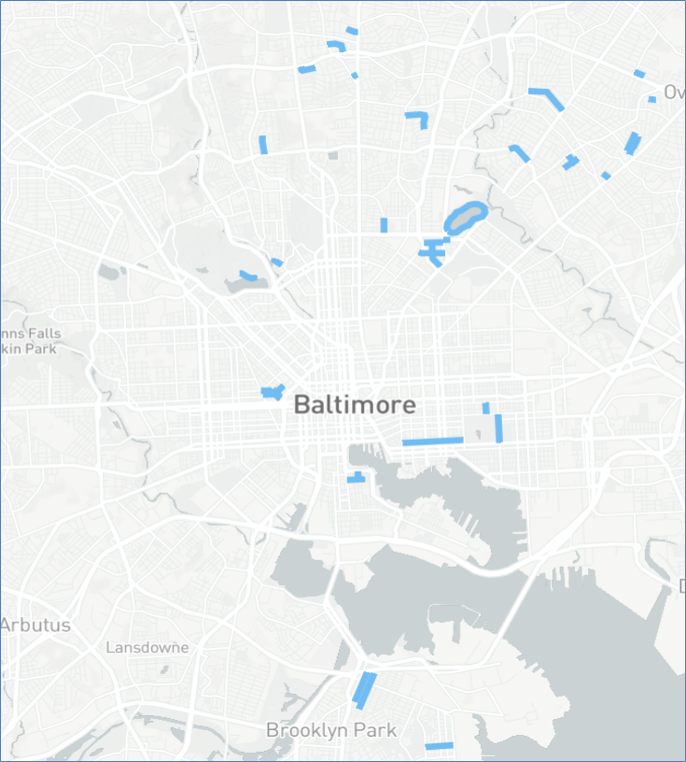The pandemic has had a profound impact on public transit in the United States. Nationally transit use has plummeted by as much as 90%. In contrast Baltimore bus ridership dropped only 60% at its lowest point late April 2020. With fare revenues down and other funding sources depleted, transit agencies are forced to make difficult decisions. Tomorrow MTA will announce changes to transit service in greater Baltimore. These cuts will eliminate bus routes and bus stops, and cause less frequent service and reduced hours. Once cuts take effect there is no guarantee they will ever be reversed. Our already insufficient transit system will get worse.
The pandemic has caused significant financial stress to communities demonstrated to be most reliant on public transportation to get to work. Changes to transit service must consider equity, economic stability, and the public health of our most vulnerable communities. We must do all we can to maintain connectivity to the resources people need the most: jobs, health care, and healthy foods.
Essential workers, people with disabilities, and young people rely on public transit. The Central Maryland Transportation Alliance and Bikemore are committed to working with MTA to ensure these schedule changes do not leave our most vulnerable residents behind.
There will be an opportunity for public comment. We encourage those impacted by the changes to make their voices heard. We will be communicating additional information as it becomes available.
Written August 31, 2020 as a press release.












